#tyneside
Explore tagged Tumblr posts
Text

Man with bird, Tyneside, England, ca. 1937 - by Edith Tudor Hart (1908 - 1973), Austrian/English
244 notes
·
View notes
Text

World Unicorn, built by Swan Hunter at the Wallsend shipyard, Tyneside in 1973
42 notes
·
View notes
Text

Butcher's shop. Byker, Tyneside, UK, 1975
Photo: Chris Killip
106 notes
·
View notes
Text

Three young friends of Tyneside walk the cobbled back streets of Newcastle in 1950...
Image taken by street Photographer Bert Hardy
11 notes
·
View notes
Text

Chris Killip,Housing Estate, North Shields, Tyneside, May 5th, 1981
118 notes
·
View notes
Photo

Chris Killip. Father and son watching a parade, West-end of Newcastle, Tyneside. 1980
Follow my new AI-related project «Collective memories»
#BW#Black and White#Preto e Branco#Noir et Blanc#黒と白#Schwarzweiß#retro#vintage#Chris Killip#Newcastle#Tyneside#1980s fashion#19800#80s#kids#filhos#enfants#kinder#crianças#児童#子供たち#niños#dzieci#아이들#小朋友#Street photography#photographie de rue#Straßenfotografie#fotografia de rua#fotografia uliczna
46 notes
·
View notes
Text
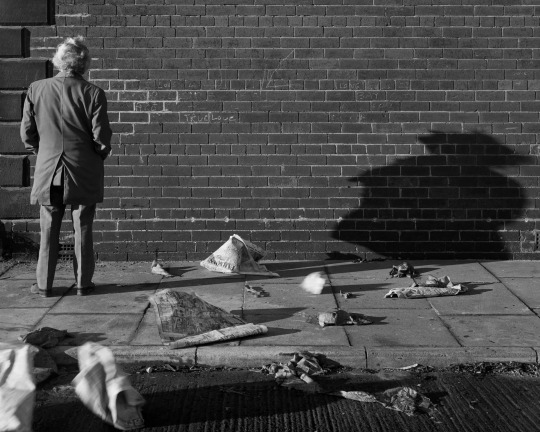
Chris Killip. True love wall, Gateshead, Tyneside, England 1975
12 notes
·
View notes
Text
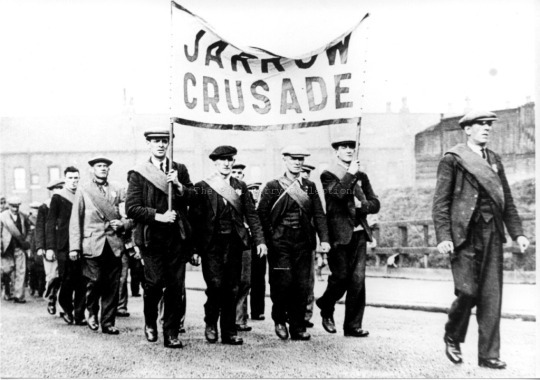
Areas that relied largely upon heavy industry, like the Northeast of England, were hit particularly hard by the Great Depression. On the southern bank of the River Tyne, Jarrow was just one of many industrial communities ravaged by unemployment, poverty, disease and starvation in the 1930s. Meanwhile, the National Coalition Government under Conservative Prime Minister, Stanley Baldwin, appeared to be looking the other way.
'One Nation' Conservatism had seen Baldwin steer the Tory ideology toward a much more compassionate, inclusive and interventionist position, at least in theory. Nineteenth Century Prime Minister Benjamin Disraeli had contended that the divide between rich and poor had rendered Britain 'two nations', between which there was 'no intercourse and no sympathy'.
In a speech in 1924, Baldwin said;
"…We stand for the union of those two nations of which Disraeli spoke two generations ago: union among our own people to make one nation of our own people at home which, if secured, nothing else matters in the world..."
According to Conservative Historian, Lord Alistair Lexden;
"…Tory policy was reshaped to advance the cause of 'One Nation'. Social reform became the Party’s dominant preoccupation for the first time in its history. The Conservative Party, Baldwin declared at the 1929 election, regards the prosperity of trade and industry, not as an end in itself, but as a means to improve the condition of the people…"
In 1986, a Jarrow resident during this period recalled to the BBC;
"…Pathetic. The Jarrow of those days was a filthy, dirty, fallen down consumptive area in which the infantile death rate was the highest in the country, and TB was a general condition…"
Jarrow Labour MP Ellen Wilkinson later wrote;
"…There was no work. No one had a job except a few railwaymen, officials, the workers in the co-operative stores, and a few workmen who went out of the town…The plain fact is that if people have to live and bear and bring up their children in bad houses on too little food, their resistance to disease is lowered and they die before they should…"
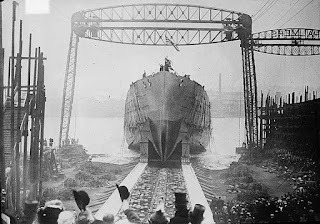
Palmer’s Shipyard, the principal source of employment since 1851, had closed down in 1934. Government unemployment benefits in those days lasted six months, after which responsibility was handed to the Unemployment Assistance Board, from which any tangible support was difficult to access and ultimately far from adequate. Eligibility was also subject to the controversial Means Test, first introduced in 1931. This meant that the combined wages and assets of all members of the household were taken into account when deciding whether or not individual unemployment relief should be forthcoming. In the context of the time, this was particularly humiliating for unemployed men who saw it as their duty to be the family provider.
Facing indifference from Westminster, the local Borough Council initiated a non-partisan campaign to try to bring employment, in the form of a new steelworks, back to the area. Two hundred unemployed men, selected from a pool of around 1400 volunteers, would march more than 280 miles to London to petition the government to establish new industries.
The marchers set off at 11 am on October 5th, 1936. As The Manchester Guardian reported, it wasn’t a hunger march, but a protest march. This was an important distinction in the context of the time, as the hunger march movement was seen as a communist initiative, one short step away from revolution, and a movement from which the mainstream Labour Party was keen to keep its distance. The Guardian also pointed out that at that time, less than 15% of the eligible Jarrow workforce was actually in work.
The Manchester Guardian;
"…There is no political aspect to this march. It is simply the town of Jarrow saying send us work. In the ranks of the marchers are Labour men, Liberals, Tories, and one or two Communists, but you cannot tell who's who..."
"...With the marchers goes, prominently carried, the Jarrow petition for work, a huge book with about 12,000 signatures, which Miss Ellen Wilkinson, MP for Jarrow, is to present at the bar of the House of Commons on November 4th..."
One marcher later recalled to the BBC, in 1977;
"…The spirit of the men was such that we were expecting something. We were expecting to prove to the capital, at that time, that here’s men from Jarrow. The spirit they had shown all the way down…Here we are, we want work and we are going to put our case that we must have work for the benefit of our wives and children…"
The marchers reached London by the end of October. A rally was held in Hyde Park, followed subsequently by the official presentation of the petition to Parliament by Ellen Wilkinson MP. The government remained unmoved, and there proved to be little or no immediate effect on economic or industrial policy. The men returned home by train, courtesy of donated tickets.
According to the UK National Archives;
"...To add insult to injury, the Unemployment Assistance Board officials in Jarrow docked the dole of the marchers because they had not been available for work. After the Jarrow March the Cabinet resolved to convince organisers that marches were unhelpful and caused unnecessary hardship to those taking part..."
Other reports suggest that the Cabinet's attitude was more about deterring any future protest marches, rather than concern for the marchers' welfare. Even the Labour Party itself was, at best, lukewarm in its support. Ellen Wilkinson had addressed their Edinburgh conference on the issue of Jarrow, but had found the agenda dominated by discussions of the Spanish Civil War and issues surrounding rearmament. There was even criticism of the idea of the march itself, and the physical burden it placed on unemployed and starving men.

Marcher Sam Rowland suggested that while the majority of politicians seemed unconcerned, public opinion was markedly different;
"…If the march achieved anything…it made the condition and lives of people a factor that should always be brought into consideration at the top level… and not left to work out their own salvation…"
The Guardian, BBC News and multiple other sources name the last surviving Jarrow Marcher as Con Shiels, who died in 2012, and who had felt that the march had made 'not one hap’orth of difference'.
For some additional context on this, @robbielewis has a fascinating article on Con Whalen, who passed away in 2003. He was the last surviving marcher who had completed the march in its entirety.

https://www.tumblr.com/robbielewis/716998502772785152/cornelius-whalen-the-last-jarrow-marcher?source=share
The next general election was held nearly a decade later, in 1945, as World War Two was coming to an end. Memories of the Depression era National Government and the desperate times of the interwar years would be a key factor in the landslide victory for the Labour Party.
References include BBC News, Liverpool Echo, Manchester Guardian archives, Spartacus Educational, Lord Lexden (Official Historian of the Conservative Party) (Website), BBC Radio 4 - Great Lives (Ellen Wilkinson), BBC Witness -The Great Depression and The Jarrow March, BBC History-Referencing Ellen Wilkinson’s The Town that was Murdered
#social history#uk politics#working class history#social justice#uk government#human rights#history#jarrow march#industrial history#industrial heritage#uk history#british culture#jarrow crusade#tyneside
37 notes
·
View notes
Text
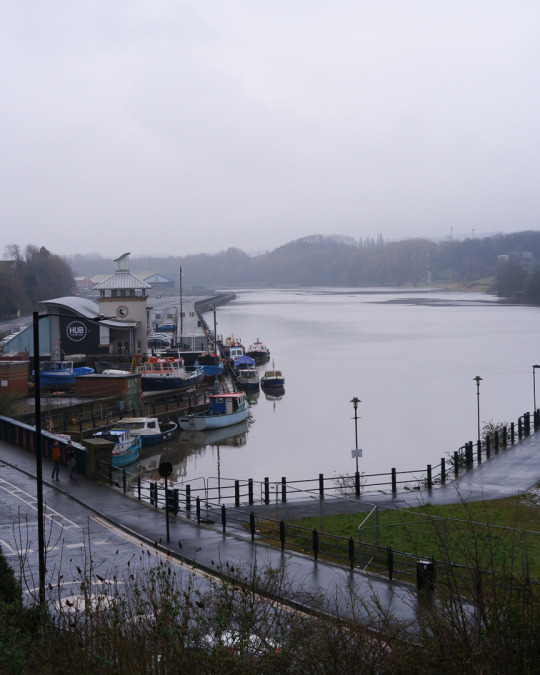
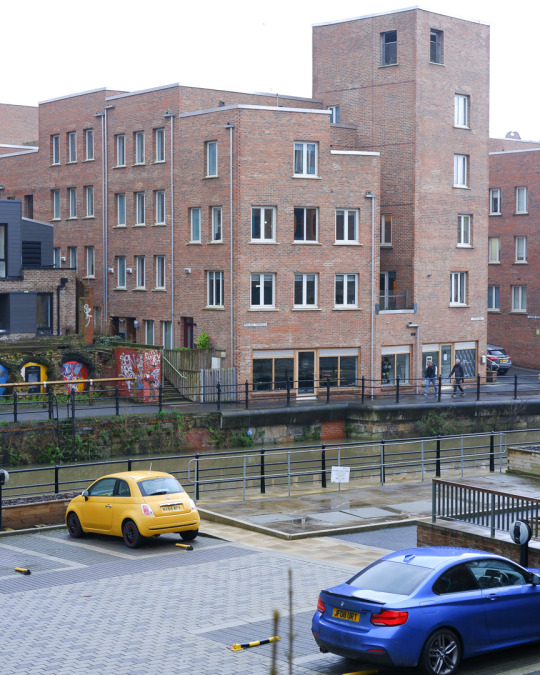


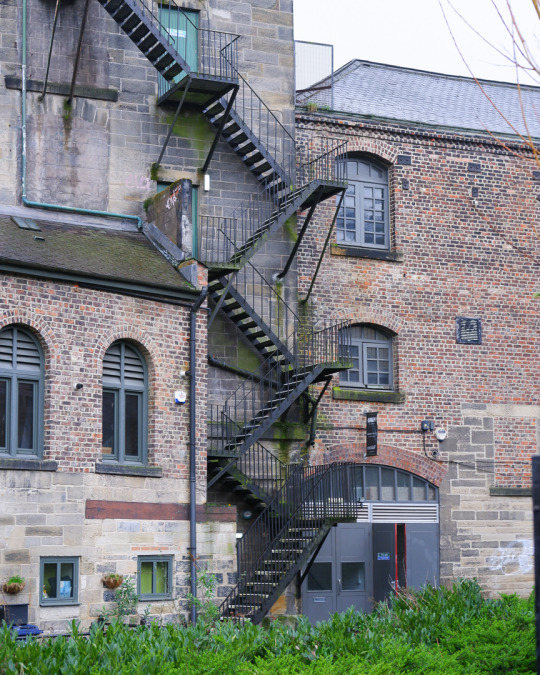

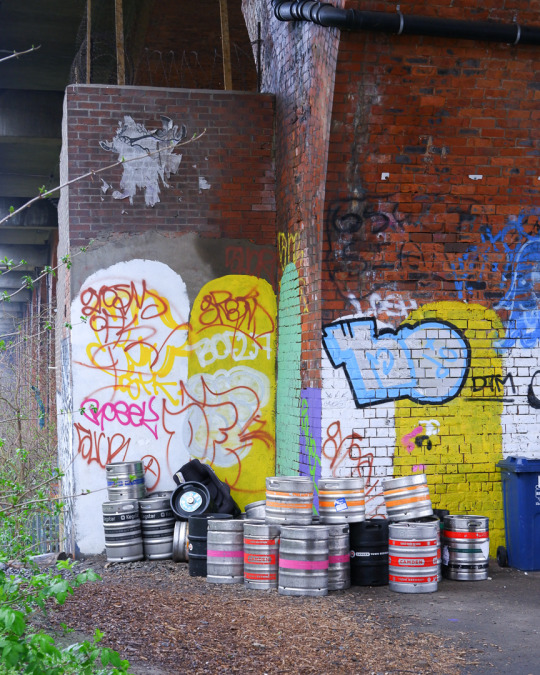
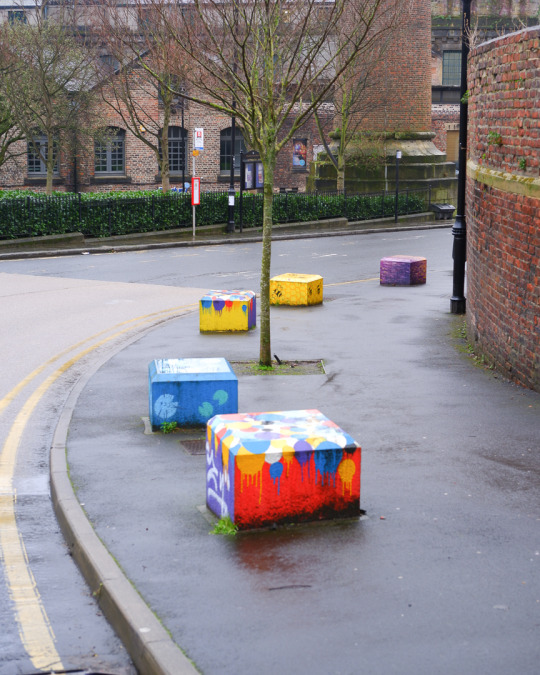

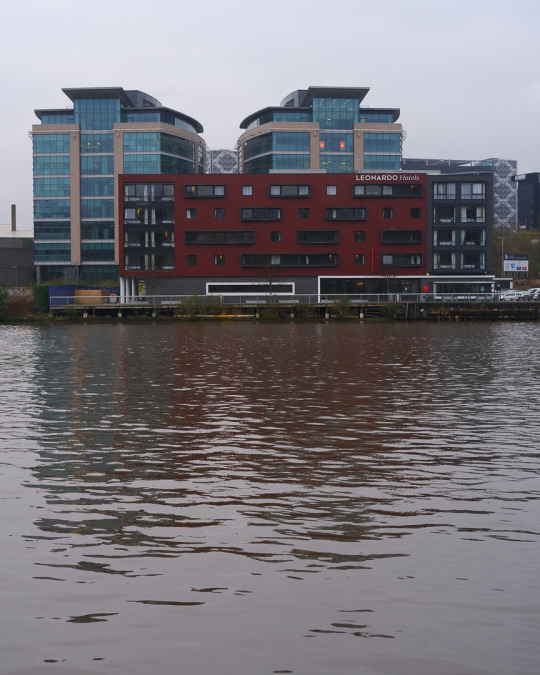

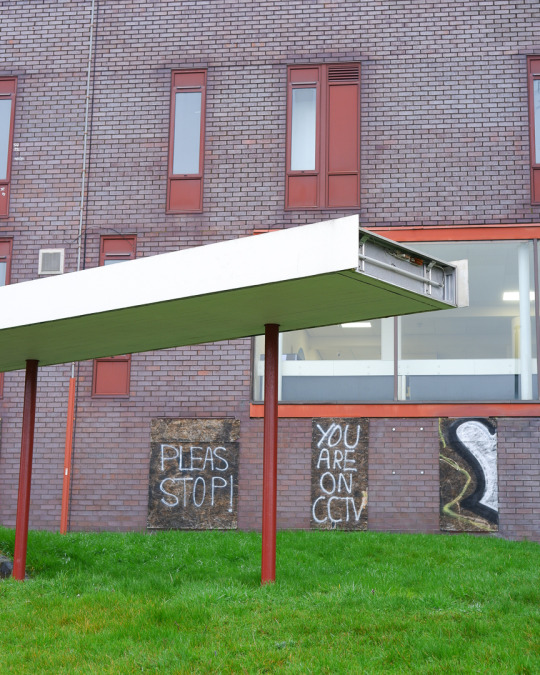
Bought a new lens for my camera so took a walk around the Ouseburn and Quayside to try it out on my way to band practice on monday
#35mm f/2#in case anyone is wondering#I needed something faster than the kit lens that came with the camera#newcastle#tyneside#river tyne#ouseburn#fujifilm
7 notes
·
View notes
Text
In October 1936, Ellen Wilkinson led 200 unemployed men on a march from the town of Jarrow in Tyneside, north-east England. Eighty per cent of the workforce in the steel and shipyard town were unemployed; child mortality was double the national average. The unemployed men marched nearly 300 miles to the House of Commons, with a 12,000-name petition, begging for help.

Official trade unions refused to support the march, and the Prime Minister Stanley Baldwin would not meet them. After the marchers delivered the petition, it was promptly lost – the matter was not debated in the Houses of Parliament, and the government offered no assistance. It was a dramatic demonstration of the indifference of the wealthy men and women in government to the want and despair of the working classes.
"Normal Women: 900 Years of Making History" - Philippa Gregory
#book quotes#normal women#philippa gregory#nonfiction#october#30s#1930s#20th century#ellen wilkinson#unemployed#marching#jarrow#tyneside#england#steel workers#shipyard#child mortality#house of commons#petition#demonstration#protest#prime minister#stanley baldwin#houses of parliament#debate#assistance#indifference#apathy#classism#class divide
3 notes
·
View notes
Text

Slow down, you’re doing fine
3 notes
·
View notes
Text

John Bulmer, Tyneside 1963
11 notes
·
View notes
Text
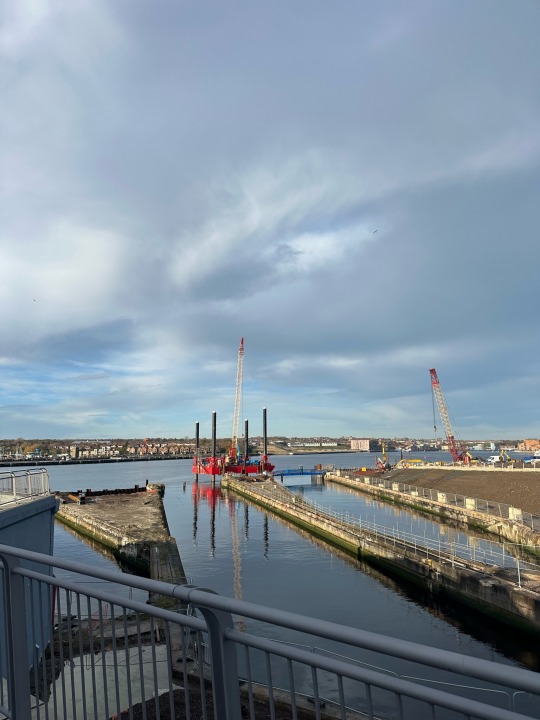
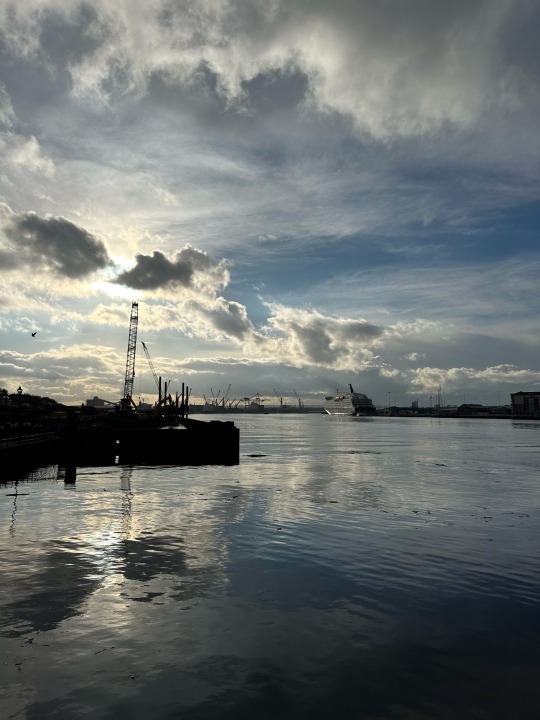
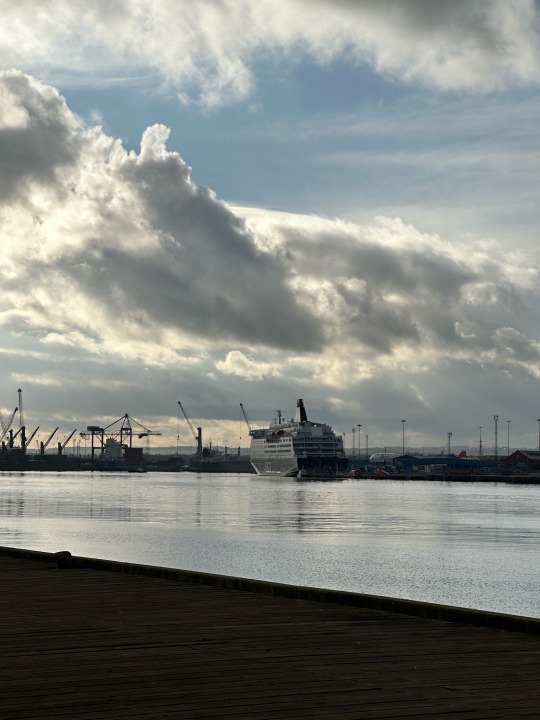
Tyneside Trails
5 notes
·
View notes
Text
I was on about this little known thing
https://en.m.wikipedia.org/wiki/Monument_Metro_station
can i interest u in a box of friend??
389K notes
·
View notes
Text
Dream Tyne - Travels Around the North East Coast (Part One)
Robin Hood’s Bay 1 I needed to get away. Somewhere quiet, isolated. I wanted to finish drafting my dissertation in a place with no distractions. The problem was that an off-season seaside town may seem like a quiet place with few people, but it’s history and stories are no longer camouflaged by tourist entertainments. There is nothing between you and the landscape, the history, and the…

View On WordPress
#david bowie#memory#mental health#nostalgia#Prose#ravenscar#robin hood&039;s bay#Tyneside#Will Vigar#writing#yorkshire
0 notes
Text

An old view of the Tyne River, Gateshead, UK, at the beginning of the 20th century. My paternal grandfather lived in this area at that time.
1 note
·
View note